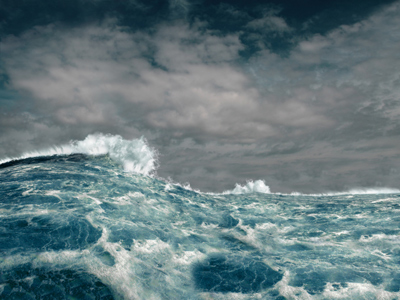
Ten Pieces - 'Storm' Interlude from 'Peter Grimes'
If you have enjoyed the Ten Pieces at BBC Bitesize, you may also enjoy this KS2 Music quiz all about Benjamin Britten's Storm Interlude from Peter Grimes.
In 2015 it was 70 years since this composition broke upon the ears of its first audience, in the closing weeks of World War 2. The piece was the first of Benjamin Britten's operas to be a big success.
Peter Grimes is still performed today, both in the UK and internationally. In fact, the Aldeburgh Festival staged a performance of Peter Grimes on the beach at Aldeburgh during the summer of 2013. See how much you know about this wonderful piece of music.
Ready for more?
not all...
quizzers. Try to win a coveted spot on our Hall of Fame Page.







